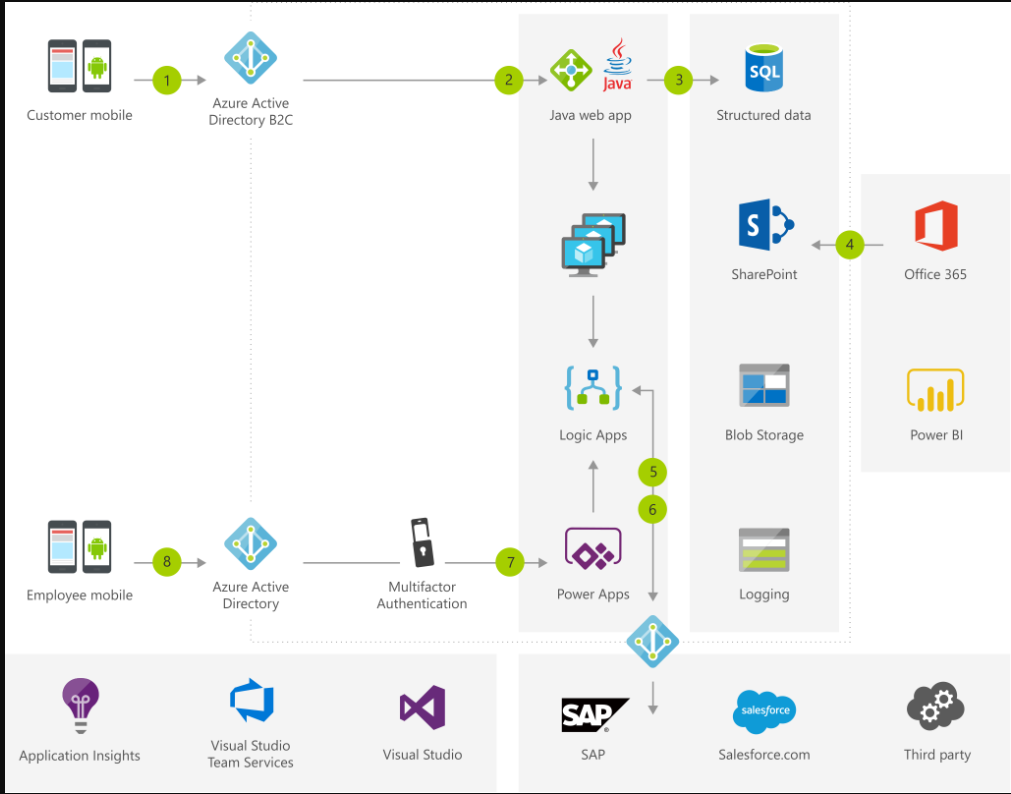category
This article describes a solution idea. Your cloud architect can use this guidance to help visualize the major components for a typical implementation of this architecture. Use this article as a starting point to design a well-architected solution that aligns with your workload's specific requirements. This solution idea helps to improve employee productivity and speed decision making by giving legacy processing applications a modern day front end. This line-of-business application solution consolidates data from multiple business systems. It then presents the data in web and mobile front ends. Organizations that want to connect disparate legacy systems and give users access through a mobile UI can benefit from this solution. Legacy systems include: Download an SVG of this architecture.
Solution ideasPotential use cases
Architecture

Dataflow
Components
Next steps
- 登录 发表评论
- 7 次浏览